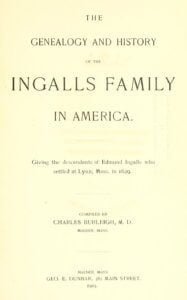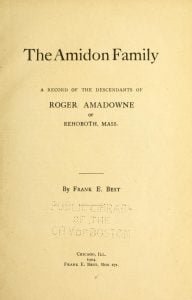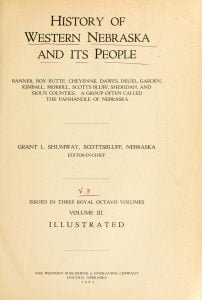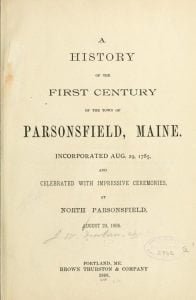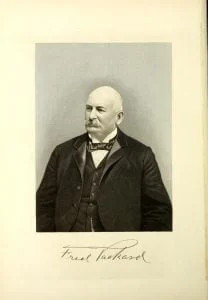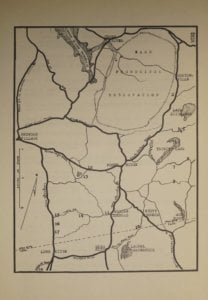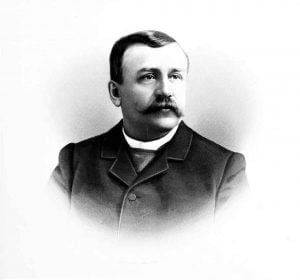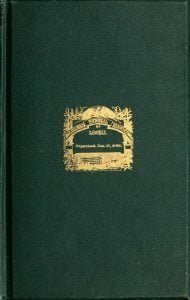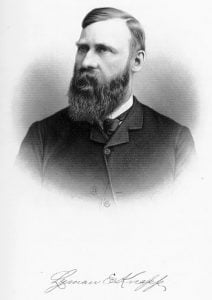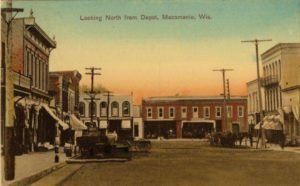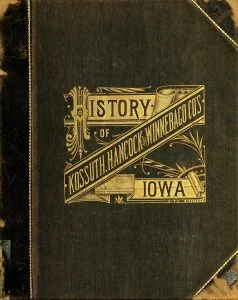Moses Adams Packard, of Brockton, where he has been so long and so successfully engaged in the manufacture of shoes, is as well one of that city’s highly honored and respected citizens. Mr. Packard began life with little capital save boundless energy and a resolute purpose, and has pushed his way upward against almost every kind of obstacle until he now holds a foremost position among the leading manufacturers in this Commonwealth, vindicating the old saying, “Labor is king.” He was born Feb. 28, 1843, in New London, N. H., which was the home of his mother, while his father was a native of North Bridgewater, and a descendant of one of the old and historical families of Massachusetts.
Since its coming to this Bridgewater settlement, which was the first interior settlement of the Old Colony, as early as 1664, to the present time, for nearly two hundred and fifty years, the Packard family has been one prominent and influential in this community, and has become a most numerous family, many, too, of its members both at home and abroad having given a good account of themselves.

